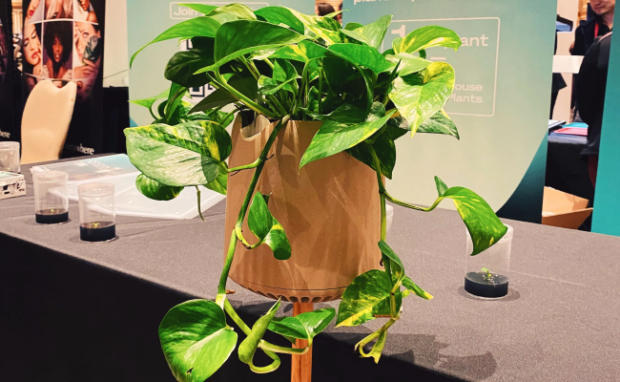Scientists discovered a new plant cell type
Chinese scientist Dr. Yin-Zheng Wang and his team discovered a new plant cell type they called “contractile cells.” This research team from the Chinese Academy of Sciences found these cells contract and expand by expelling and absorbing water, respectively. More importantly, this plant cell type is essential in plant sexual reproduction.
After studying botany in school, it may seem we know everything there is to know about plants. Fortunately, dedicated scientists worldwide continue to dig deeper into what we already know. That is why we discover new plant parts like contractile cells. Soon, our expanded plant knowledge may lead to new products and services with unprecedented benefits for humanity.
This article will elaborate on Dr. Wang’s findings regarding this new plant cell type. Later, I will discuss other plant innovations that are shifting our lives.
What do we know about contractile cells?
Dr. Yin-Zheng Wang from the Chinese Academy of Sciences’ Institute of Botany studied the stigma of the Chirita pumila flower. He and his team discovered that this female plant part is water-sensitive.
They studied this characteristic further and found a cell that constitutes roughly half the stigma’s volume. More importantly, it expands significantly when it expands.
This cellular expansion enables the stigma to move by extending and contracting. Consequently, Dr. Wang called the new plant cell type “contractile cells.”
These microscopic forms are full of reticular structures, and they squeeze their nuclei to the edges. Contractile cells drastically stretch to eight times their original size after absorbing water.
That means their reticular structures are the cells’ main water sensitivity mechanism. Moreover, they lack vacuoles, confirming that their water-absorbing substance is a network structure, not a vacuole.
SciTechDaily reports that the contractile cells drive the stigma’s circadian rhythm based on humidity. Also, the stigma movement leaves a pollen channel connecting the anther gap between the two stigma loves.
You may also like: Antarctic flowers spread due to global warming
The stigma lobes squeeze the anther, a flower’s male part, forcing pollen directly to the stigma’s receptive surface. As a result, contractile cells enable the Chirita pumila to go from cross-pollination by insects to self-pollination.
In other words, the flower may reproduce by itself instead of relying on bees and other flying creatures to deliver its pollen to other flowers. The experts say it is likely an evolutionary adaptation.
The Chirita pumila’s habitat presents an uncertain environment for cross-pollination by insects. Self-pollination helps the flower have better chances of reproducing.
What are other recent plant innovations?

It’s great to discover new things like contractile cells, but other scientists have been altering existing plants to better benefit humanity. For example, the French startup Neoplants launched a genetically modified houseplant that cleans air 30 times better than regular ones.
The company calls it Neo P1, which costs a staggering $179. Yet, many may consider it worth the price due to its potential to improve quality of life.
It is a genetically modified pothos or “devil’s ivy,” which is a common houseplant in the United States. Chief technology officer Patrick Torbey and his team started by mapping the plant’s genome.
You may also like: Face masks allegedly turn into flowers
Next, they spotted the right genomes to change to maximize pollutant filtration. It took four years to develop, and the CTO said, “It’s like trying to build a plane while flying.”
As a result, the Neo P1 can metabolize four major air pollutants like formaldehyde and toluene. Also, the plant can absorb volatile organic compounds like the carcinogen benzene, which is typically present in wildfire smoke.
Artificial intelligence also plays a major role in improving agriculture, which is now part of nearly every aspect. For example, farmers use it to determine the right crops to plant and scan fields for weed and pest formation.
Conclusion
Chinese scientists discovered a new plant cell they call contractile cells. It enables the Chirita pumila flower to self-pollinate instead of relying on insects for reproduction.
As a result, the flower has a significantly higher survival rate in its unfavorable environment. Soon, we might find other plants that have the same parts.
Learn more about this new kind of plant cell by reading its National Science Review webpage. Follow more digital tips and trends at Inquirer Tech.